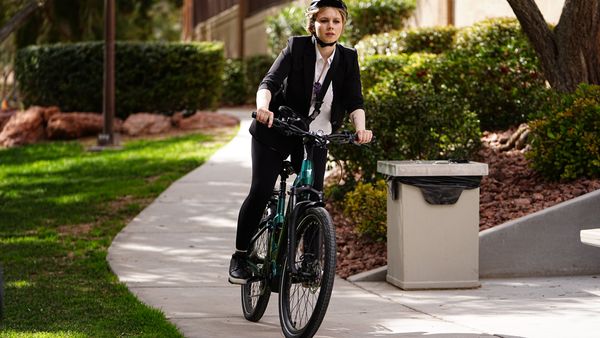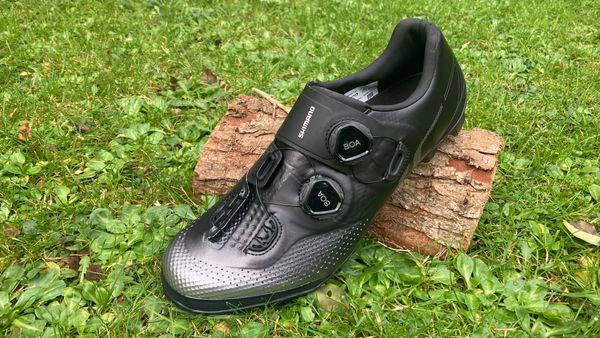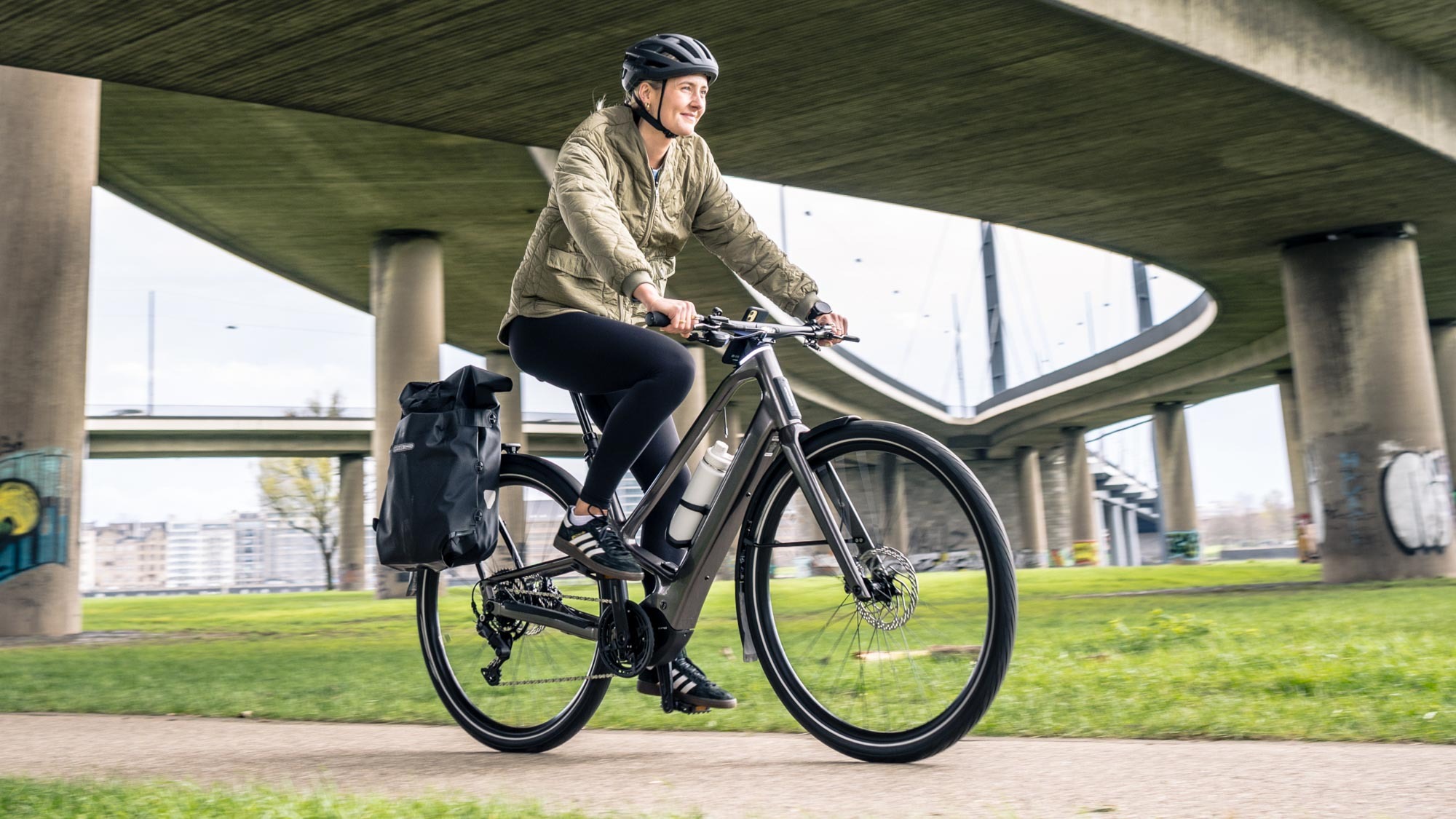
I love whizzing around London on my trusty road bike, but I spend a lot of my time testing out the best running shoes while marathon training and trying out new workouts. This means my legs don’t hold this same appreciation for my bike when we hit a hill or have a particularly long commute.
You’d think that an electric bike would be an obvious solution, but I naively assumed motor-assisted bikes are more for older people or individuals with mobility issues who want to enjoy cycling without the effort traditional bikes require. This was until I got the chance to test out Orbea’s latest e-bike.
The bike launched earlier this month and is called the Diem. Inspired by the well-known Latin phrase ‘Carpe Diem’ which translates to ‘seize the day’, the Diem is designed to make getting from A to B a pleasure, not a chore. On paper, this bike had a lot to offer, a sleek, lightweight frame, built-in wraparound lights and a Shimano motor. Going off the motor alone, our expectations were high from testing Shimano’s EP8 motor in the Scottish Highlands last year. But how would the Diem fare when I took it for a ride?
I headed to Dusseldorf, Germany, to spend a day riding the Diem through the city’s scenic riverfront paths along the Rhine and bustling urban streets to get a real feel for the bike
1. You don’t need big range for cruising around a city
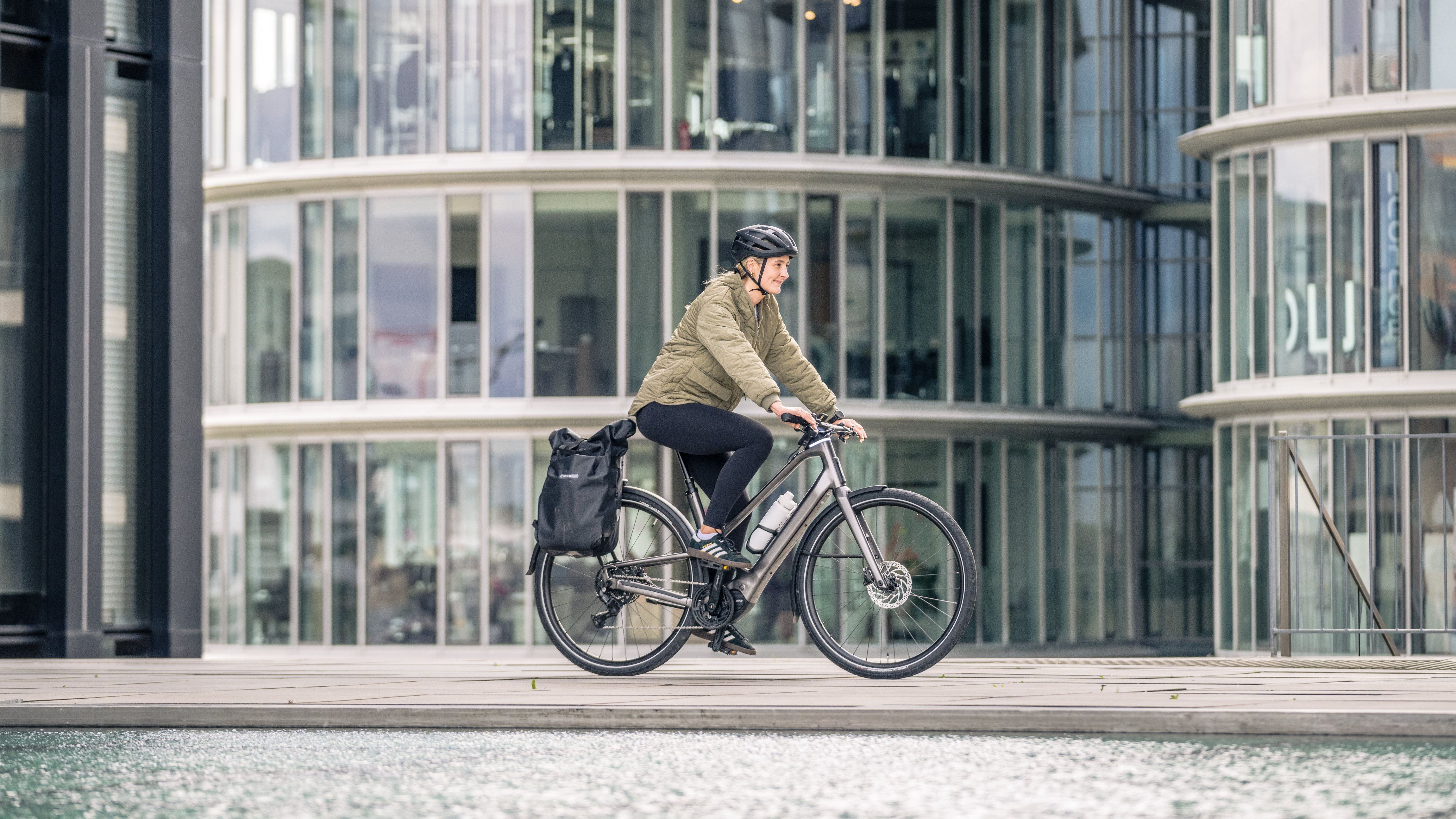
Firstly, it’s worthwhile noting there are three models to choose from in the Diem e-bike lineup. No matter what model you opt for, rest assured, the same slick, minimalist urban look features throughout. But the differences worth considering, and that will help you in deciding which Diem model best suits your needs as a cyclist, are the battery and motor variations.
The Diem 30 ($3,799) includes a Shimano EP600 motor paired with a 540 Wh battery, providing a balanced blend of performance and range. Alternatively, the Diem 20 ($4,599) features the same EP600 motor but boasts a larger 630 Wh battery, ideal for riders seeking extended range capabilities without compromising on motor efficiency. And for those prioritizing power and performance, the Diem 10 ($5,599) stands out with Shimano's EP801 motor and a 630 Wh battery pack, offering greater torque and responsiveness for more demanding riding conditions.
Plus, all models offer the flexibility to further extend their range with an optional 250 Wh range extender, catering to those who require even greater endurance on their journeys.
I spent the day zooming around on the Diem 30, enjoying the near silent motor and testing the bike on steep descents that weren’t designed for cycling on but gave me a good gist of just how powerful the motor was. In total, I cycled around 13.5 miles on the bike, and according to my watch, the Diem had expended 32% of battery power by the end of the ride.
Tracking the bike’s battery life was very easy — you can sync it with your phone via the E-Tube app or, I was pleasantly surprised to find that my Garmin Fenix displayed the bike’s battery life in the e-bike activity tracking mode.
2. It was my smoothest bike ride to date
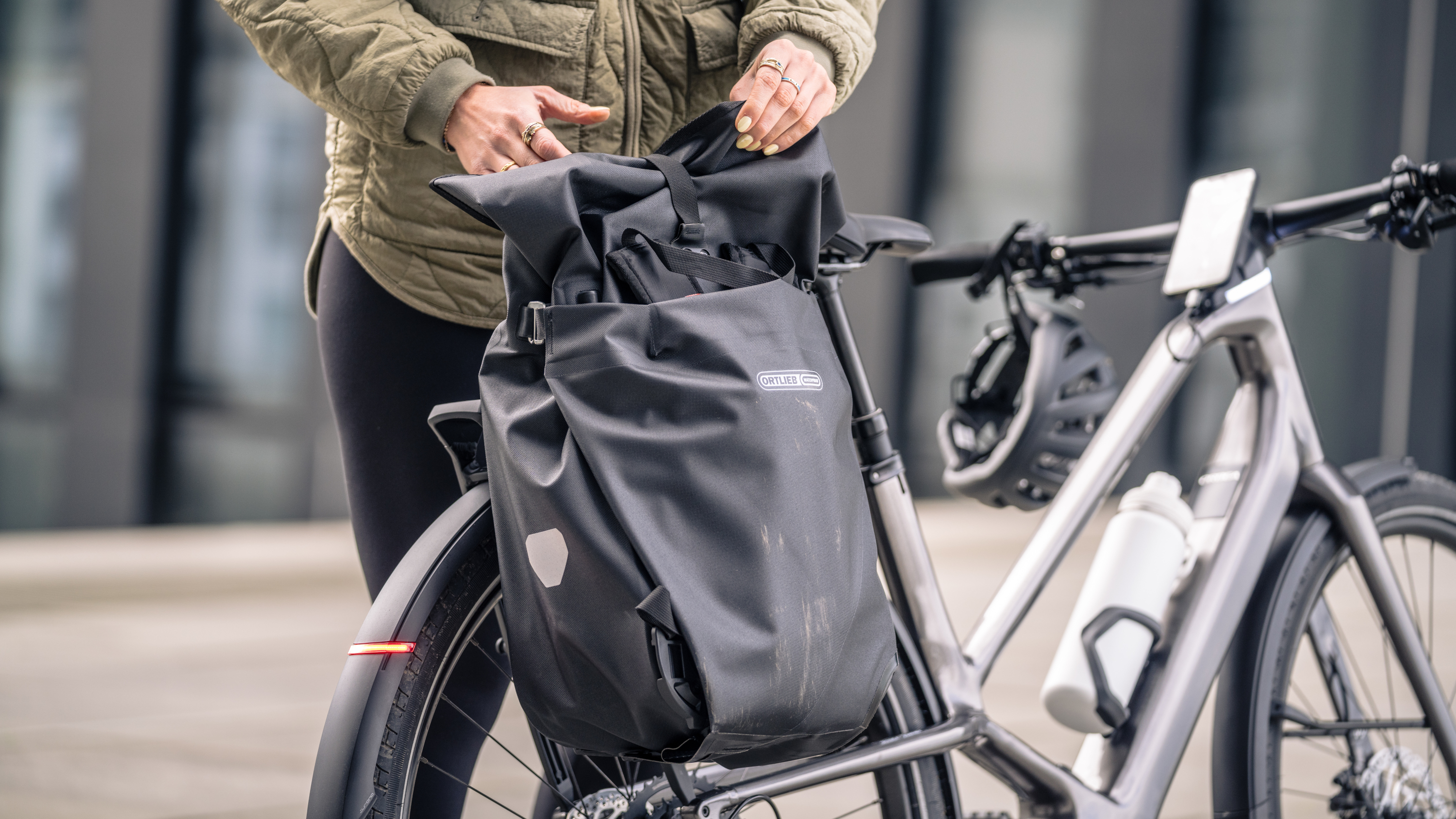
When I use the word easy, of course, I had the Shimano EP Motor to thank for the seamless boost it offered. After all, Shimano is one of the world's leading e-bike motor manufacturers. But I also use the word easy to describe the overall riding experience.
This e-bike felt like an extension of myself. It understood what the varying surfaces and inclines of the roads required and adjusted itself accordingly without jolting me forward or coming to an abrupt stop
First of all, the Diem 30 bike was easy to mount and dismount, which really does matter for me. I don’t enjoy trying to gracefully clamber onto a bike that is too heavy to maneuver into a more practical position for mounting, or one that has a notably high frame. Thankfully, the Diem features a low-slung framem making it easy to get on and off the bike. This will especially benefit individuals with mobility issues, limited flexibility or those wearing skirts or dresses while riding the Diem.
I also didn’t have to worry about the feel of a rucksack on my back as the bike features a rear rack which I attached a pannier to, carrying everything in it from my laptop to a bag full of mini KitKats to fuel the ride. With the Diem, you have the option to opt for a rear rack that can hold 44lbs/20kg or one that can hold 66lbs/30kg. There is also the option to attach a front rack that holds 22lbs/10kg of weight.
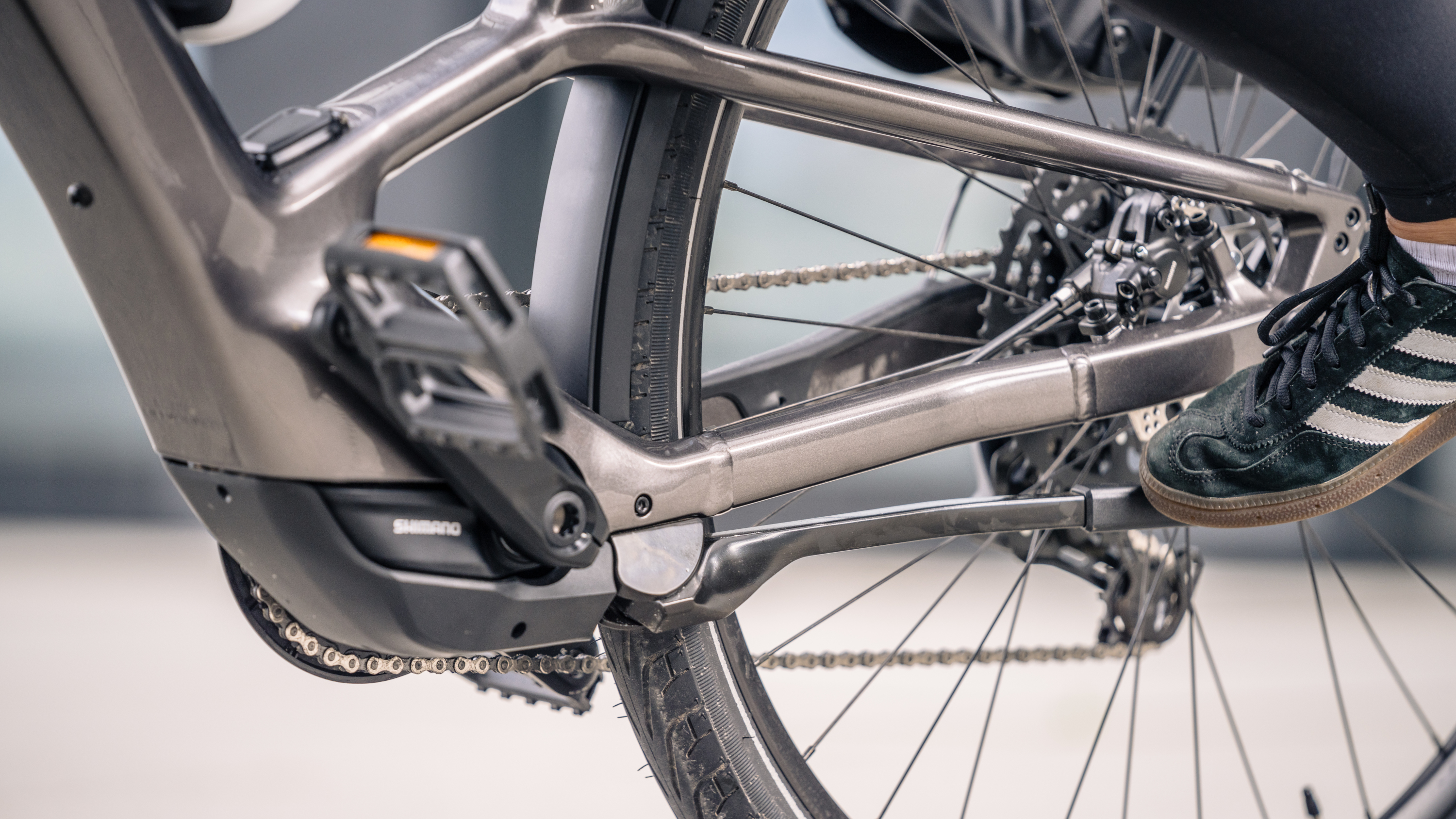
With a quick and easy tap of my foot into the kickstand and a push of the power button on the handlebars, I was ready to set off. The LED lights on the small display bar indicate which mode you are in and the buttons are within touching distance of the handlebars to make adjusting the power modes as easy as possible.
As I got used to the feel of the bike and how it responded to my movements and efforts, I understood what the Orbea team meant when they said the bike should feel like an extension of yourself. It felt like the bike understood what the varying surfaces and inclines of the roads required and adjusted itself accordingly without jolting me forward or coming to an abrupt stop.
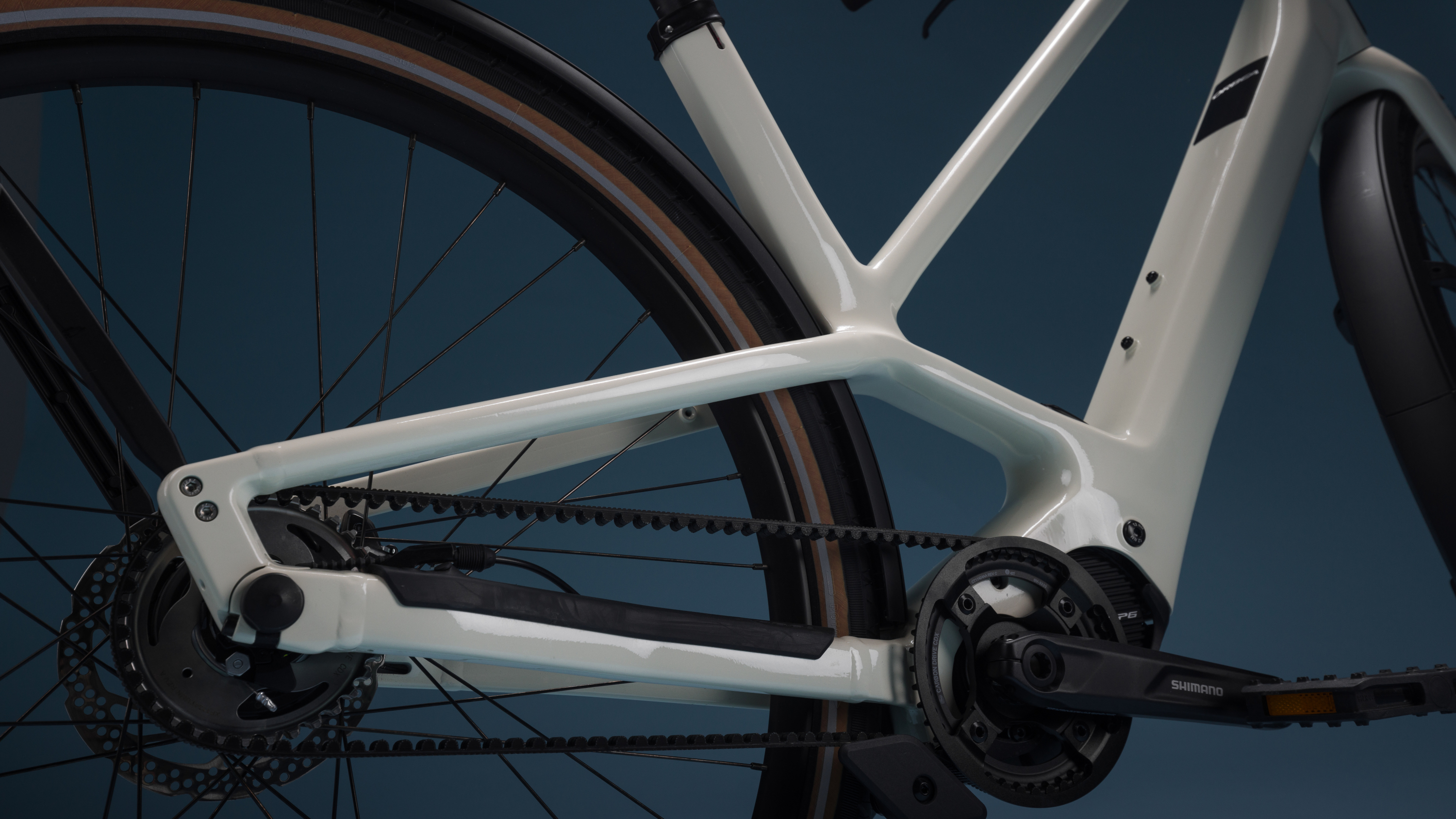
While I’m in the know of the best carbon running shoes, this was my first time experiencing a carbon fiber fork on a bike. The fork of a bike refers to the part that holds the front wheel and attaches it to the bicycle's frame. It plays an important role in steering, stability, and overall handling of the bike. It’s also meant to help absorb vibrations and impacts from the road, contributing to the bike's comfort and control. The Diem bike combines a carbon fork with wider tires to help absorb the bumps of rough city streets. I can confirm, I felt the benefit of both while riding through Dusseldorf, especially when I hit a stretch of cobbles in the city center.
Now, let’s talk weight. The Diem 30 weighs in at 50.7lb/23kg, the Diem 20 at 52lbs/23.6kg and the Diem 10 at 53.3lbs/24.2kg. On average an e-bike can weigh anywhere between 30 and 80lbs and the Diem sits pretty evenly in this range. If you’re an urban commuter, these weights are reasonable and manageable for most riders.
However, while using the bike in Dusseldorf I did think about my London apartment, which can only be reached by climbing a steep and narrow flight of stairs. After a 45 minute commute home, I begrudge hoisting my road bike up those stairs some days never mind a 23kg e-bike. But with an e-bike you have to remember you are handling a bike that carries a motor and battery to make your overall riding experience a lot less physically challenging.
3. I felt very safe on the Diem
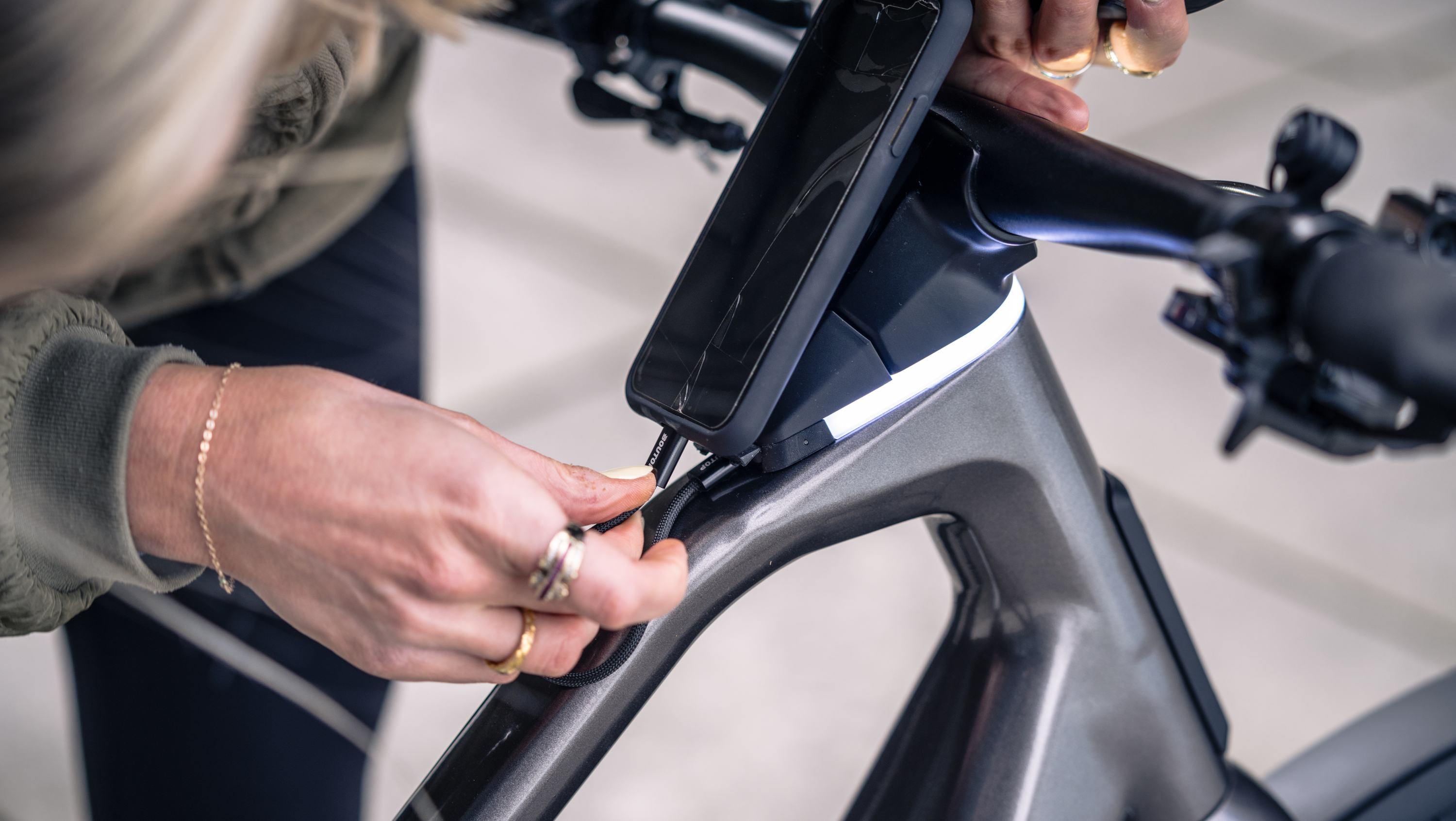
The handlebars on the Diem are home to all of the integrating cables and buttons that you will need to manage your e-ride. During my experience riding the Diem, I could easily access the power buttons and switch settings. There is also a button you can press to lower your seat post, a handy feature when you hit some traffic lights and want to stabilize yourself on the ground with your feet, or when manoeuvring tighter corners in the bike.
As is included with most e-bikes, there is a phone mount built into the center of the handlebars, you just need a case that is compatible with the bike to safely secure your smartphone onto the bike. This is handy if you are like me and have pretty poor navigational skills and are reliant on following a map. It also comes with a built-in USB-C charging port so that you can rest assured any routes or GPS functions you are following won’t drain your battery and leave you without power on your phone. One thing I will say is the position of the phone mount felt quite low and was a bit of a strain to look down at for a prolonged period but this is a pretty minor niggle.
Moving on to lights, they're something every rider needs on their bike and it's a non-negotiable accessory on the Diem as they are built into the bike’s exterior. The Diem design incorporates front and rear lights that remain illuminated at all times when the bike’s power is on, ensuring your visibility on the road regardless of lighting or weather conditions. I didn’t get a chance to ride at night; however, I can confirm that the lights effectively lit up from the moment I turned the bike on. I also got to test the lights while cycling through a tunnel and was impressed at the volume of light the bike projected onto the road and oncoming traffic.
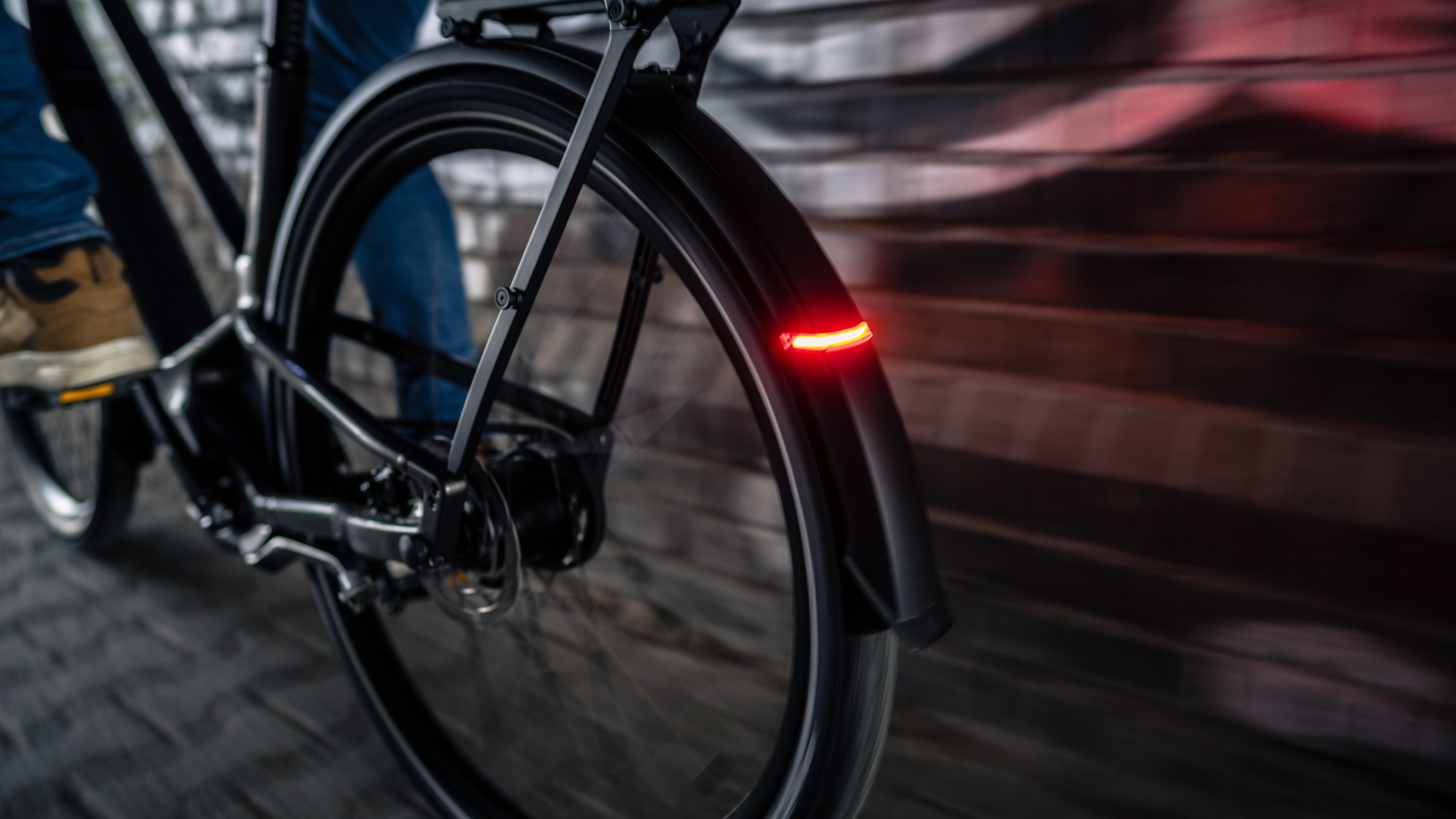
My main qualm with owning an e-bike as attractive as the Diem is the potential of it being stolen in a city like London, where bike theft is rife. However, it was reassuring to discover that the Diem’s battery is installed inside the bike, making this high-value component pretty hard to steal.
But couldn’t someone just steal the whole bike? Well, yes but there is also a hidden space on the bike to mount an AirTag or other compatible tracker. So, if the worst-case scenario does occur and the bike is stolen you have the means to make tracking it down easier. The risk of bike theft will vary from city to city but having had a bike stolen in my first week of moving to London, my guard is always up and I’d be more inclined to make sure I can always store the bike somewhere inside wherever I ride it just to be extra safe.
Overall, I was delighted with my riding experience on the Diem e-bike. As I was testing this bike in an unfamiliar city, I’d be keen to put the bike to the test in my day-to-day life back home, to get a real feel for how its performance and features adapt to the varied terrain and traffic dynamics of urban commuting in a bustling metropolis like London.






